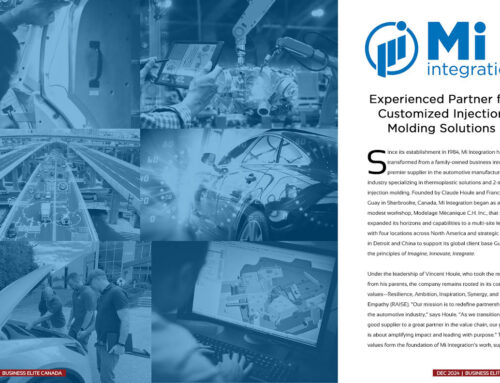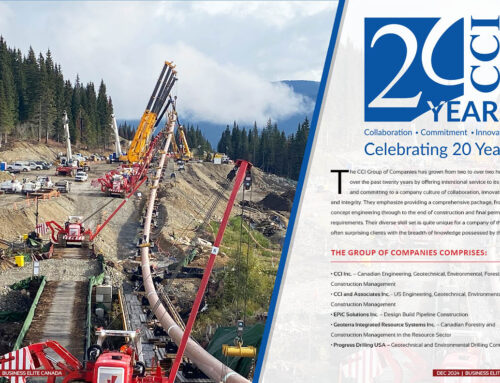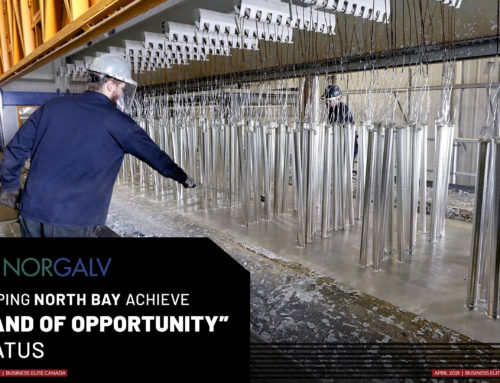
A new private company called Deep Space Industries announced today that it intends to send a fleet of small spacecraft to near-Earth asteroids with the aim of mining resources and turning them into products using space-based 3-D printers.
Last year was thick with audacious private spaceflight company unveilings, including the announcement from Planetary Resources, Inc. of their plans to mine relatively valuable platinum group metals from asteroids. With the formation of Deep Space Industries, it seems that 2013 could see a new crop of private space companies with lofty goals.
“We are about prospecting, exploring, harvesting, extracting, and manufacturing based on the resources of space,” said Rick Tumlinson, founder and chairman of DSI, during a press conference on Jan. 22. Tumlinson has been an ardent space advocate for many years, helping found MirCorp, which brought space tourist Dennis Tito to the International Space Station.
There exists potentially extremely valuable material on asteroids, including nickel, silicon, platinum group metals such as platinum and palladium, and water, which can be broken down into hydrogen and oxygen to make rocket fuel. DSI intends to create a fleet of prospecting spacecraft called “FireFlies” (perhaps trying to rouse interest in their plans from Joss Whedon acolytes) that will travel to asteroids in Earth’s vicinity on journeys of two to six months. The spacecraft will be built up from teams of small CubeSats — low-cost miniature satellites — to form 25 kg (55 lbs) machines that can collect data about the best asteroids to mine from. The company hopes to launch the first FireFly in 2015.
A year later, DSI wants to launch larger spacecraft called DragonFlies that can make a round-trip journey to an asteroid and bring back samples. They estimate the trip will take two to four years and can return as much as 70 kg (150 lbs) of asteroid material to Earth orbit. DSI has patented technology they claim can extract precious metals from raw asteroid material and build it into parts with a 3-D printer.
The company wants to mass produce manufactured goods from bulk asteroid material. All this industry will take place in space and the company hopes to eventually create complex communications satellites and solar power stations in orbit. Further down the line, DSI wants to supply products, fuel and parts for deeper space ventures, such as orbiting hotels and manned Mars missions.
But bringing all these plans from ideas on paper into actual physical reality will require overcoming many obstacles. The company has an aggressive launch schedule, particularly if it intends to get its first spacecraft up and flying by 2015. Launch manifests are typically set at least two years in advance. They will likely face setbacks in both mining, refining, and printing their products as things in space tend to be harder than first imagined. Finally, DSI did not announce how much money they have invested in their company.
Planetary Resources’ asteroid mining dreams at least garnered some respectability because they are backed by deep-pocketed investors, including Google’s CEO Larry Page and executive chairman Eric Schmidt, former Microsoft chief architect Charles Simonyi. DSI announced that NASA and other companies are involved in their venture and that they are looking for other customers and sponsors, but they stopped short of announcing how much money they have at their disposal and the company’s overall financial situation.
Still, the company is excited about their prospects, estimating that 1 ton of asteroid material would be worth $1 million in orbit, said Mark Sonter, a member of the DSI Board of Directors during the press conference. They hope to sell asteroid data to government space agencies and asteroid material to collectors to help get the company off the ground.
Images: DSI





